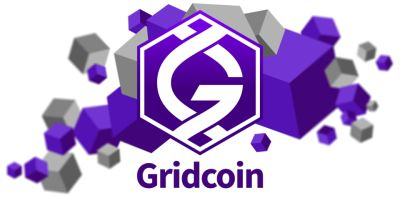
In the past 6 months, I have been involved in several discussions about the trends in active BOINC users and how this is developing in time. Because these stats are not available on BOINCStats, I decided to use the Wayback Machine to build them myself to check these developments.
Chart 1 presents the number of active BOINC users without ASICS in the last 5 years. Unfortunately there are no daily snapshots on the Wayback Machine, which means the chart looks a bit choppy at times but overall there were enough data points to provide some insides in the developments.

Chart 1 (source: BOINCStats)
While looking at the first chart, I noticed several strange peaks which I couldn’t explain with the seasonality effect. It seemed more like temporary increases of active users that dropped again after a few months.
While analysing the developments in individual projects, it became apparent that a number of projects were responsible for the main peaks. To explain this, I have included the chart of active users for Rosetta@home below (chart 2). You’ll notice a peak in Aug-2014, Mar-2015 and Oct-2016 that corresponds with the same peaks in the overall chart above (chart 1).

Chart 2 (source: BOINCStats)
Long-term user developments
To better understand the long-term user developments, I subtracted the peak increases related to Rosetta@home, Primegrid, malaria@home & Find@home in chart 1 and presented it in chart 3 below. It is interesting to observe that the changes in active users are much smoother now, although there are still some variations caused by other projects.

Chart 3 (source: BOINCStats)
Based on chart 3, I had two observations:
- There is no seasonality effect in active users
- The long term active user-base is declining
There is no seasonality effect in active users
I was under the impression that during the winter period in the northern hemisphere, more users were crunching BOINC projects worldwide than in the summer. Chart 3 suggest that this is not the case and the number of active users is relatively flat.
To illustrate the seasonality pattern (shown in chart 4), I have created a basic model using chart 3 with the following parameters:
- During the winter period in the northern hemisphere there are 100000 active BOINC members more than average
- During the summer period in the northern hemisphere there are 100000 active BOINC members less than average
- During the winter period in the southern hemisphere there are 50000 active BOINC members more than average
- During the summer period in the southern hemisphere there are 50000 active BOINC members less than average

Chart 4 (source: BOINCStats)
If you compare chart 4 with chart 3, you will quickly recognise a complete different pattern.
Long-term active user-base is declining
To demonstrate the decline in long-term active users, I have taken chart 3 and added a trendline (see chart 5 below). The trendline clearly demonstrates that the long-term active user-base has been declining in the last 5 years and the delta between first and last data-point on the chart is -112,013 active users or almost -40%.

Chart 5 (source: BOINCStats)
The results above surprised me because they suggest that the long-term active user-base is much smaller than I thought and moreover it is declining.
Team Gridcoin
With the increasing attention for Gridcoin it will be interesting to monitor whether the downward trend stops in the near future. I would like to finish with the final chart presenting the number of active Gridcoin members in the past 12 months (Solo & GRCPool combined), which has increased 660% during this period.

Chart 6 (source: BOINCStats & GRCPool Stats)
I’m looking forward to receive your feedback in case I missed anything or my observations are incomplete/incorrect.
Thanks for reading. Follow me for more BOINC & Gridcoin related articles.




I think user decline is due to people joining the pool? And/or also dropping boinc and just mine cryptos
would also like to see this correlation
I can’t provide an answer how many people have left BOINC to start mining another crypto.
I can show the impact of active pool members to the chart from 1-Jan-2017 but you'll notice that the impact on the overall active user trend is still very limited. This may change in the near future.
Thanks for putting together this statistics. What would be interesting is an historic chart of the estimated computing power.
Should be possible @grider123, I'll have a look at it.